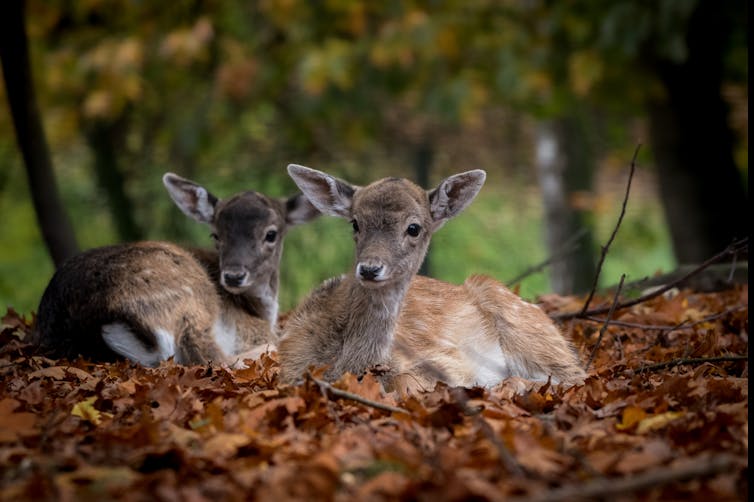
Brambles are considered a nuisance by many woodland managers. But we’ve discovered that fallow deer have a surprising taste for it. In our , we found this unexpected preference by analysing plant DNA from fallow deer poo, offering a fascinating glimpse into their diet. And this discovery could help us better understand how deer shape woodland ecosystems and influence conservation efforts.
Historically, UK deer populations declined because of overhunting, but today, hunting is more of a hobby than a necessity. As people continue shaping landscapes into urban-agriculture-woodland “mosaics”, we have created ideal habitats for deer, providing ample food and shelter, and reduced hunting pressure. As a result, our deer populations .
The UK government has set a target of net zero carbon emissions by 2050, with playing a crucial role. But growing saplings past knee height is challenging when deer are grazing nearby. If trees can’t grow, they can’t store carbon.
Fallow deer (Dama dama) are a well-loved species often seen in UK parks. As “intermediate grazers” they eat large quantities of fibrous plant materials, such as grasses, with leafy greens when it suits them.
Studies shows that fallow are one of the on the planet – they eat just about anything. They also form large social groups. So you can imagine how they thrive in a human-transformed mosaic landscape and the amount of they can inflict on woodlands.
Our recent study examined the diet of fallow deer in the Elwy Valley, north Wales. These deer came from a captive herd on a large estate, released when the fences were removed during the first world war. Over the past century, the population has grown from a few dozen to several thousand, raising serious concerns among woodland managers.

